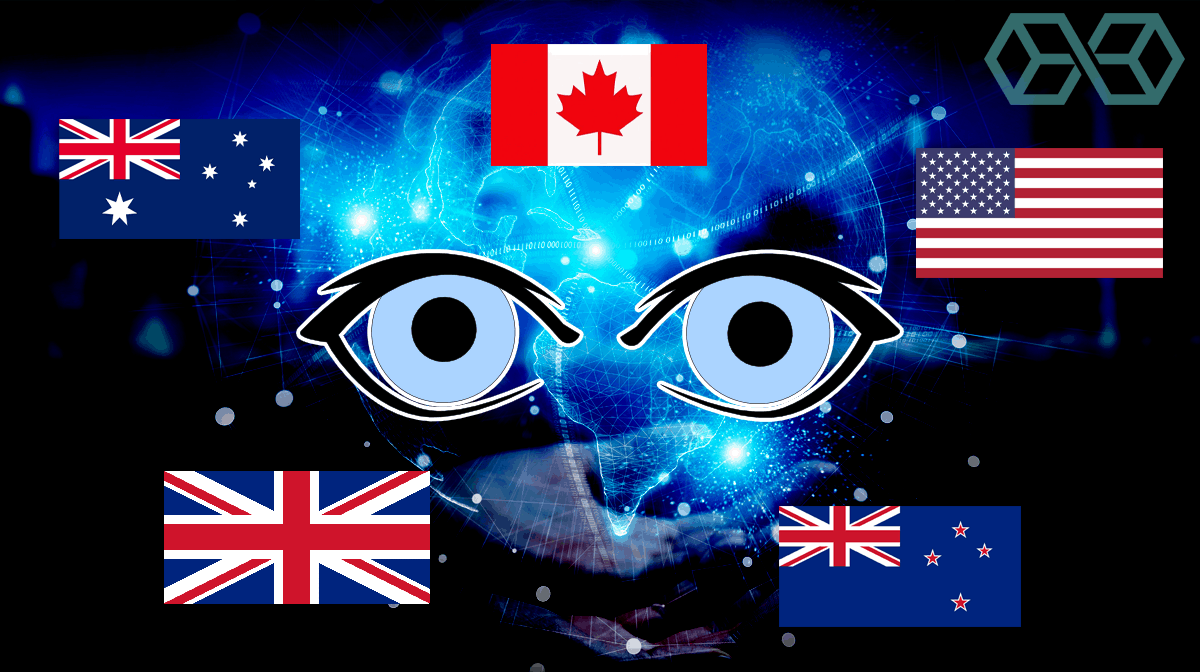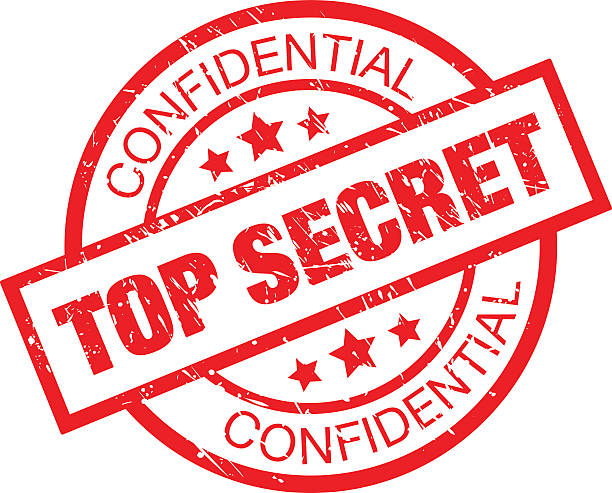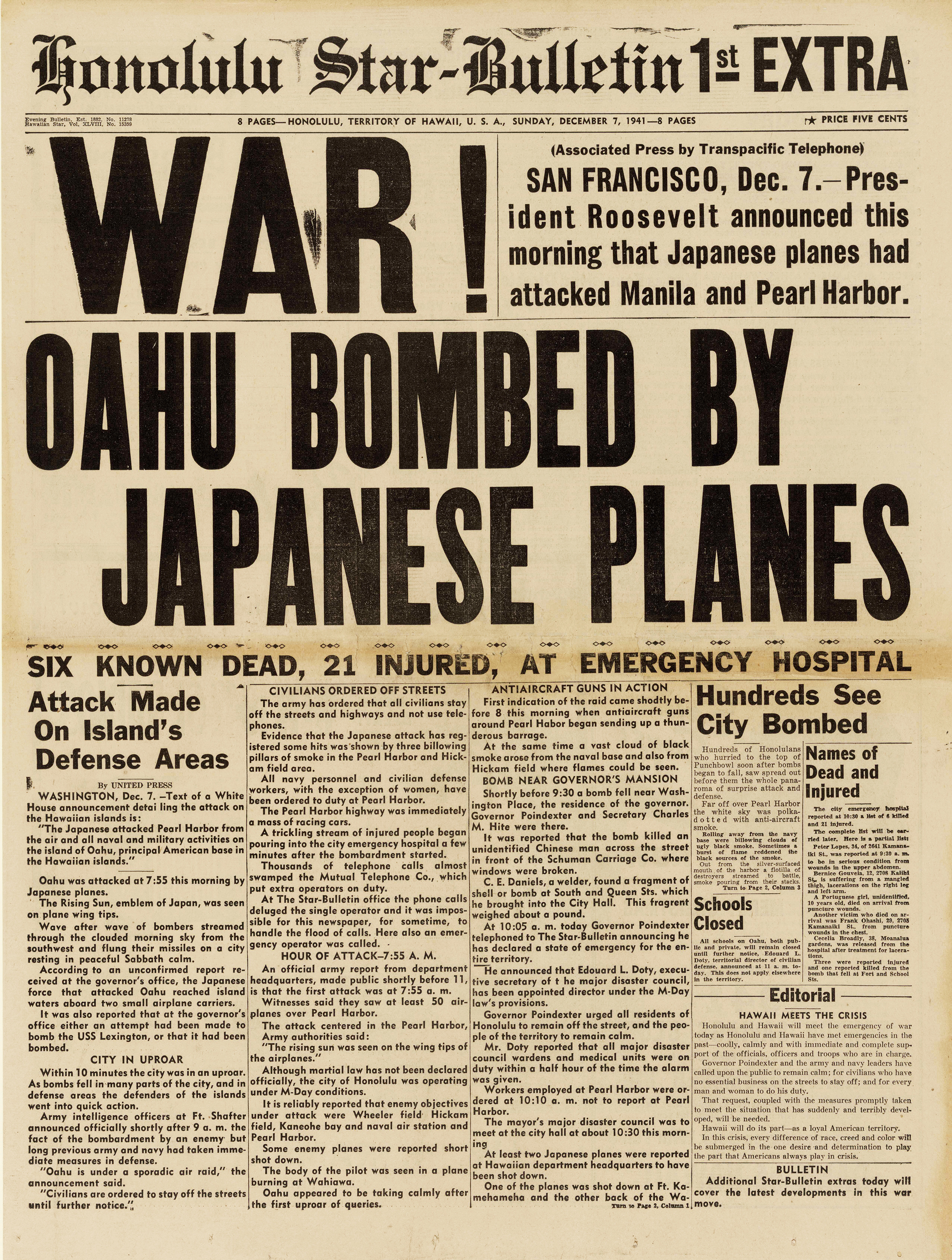In the Age of AI
This time for my blog post, I will be reviewing and discussing some of the aspects from the video above about artificial intelligence.
To begin, China's development and focus on AI as discussed during the first part of the video is quite frightening to see. The growth the country has over the time has been incredible, but with their track record, I can definitely see China using the technology in negative ways.Not to mention that the data being gathered in China is so immense due to their population that it is quite concerning that they will inevitably have the lead in technology due to it. At that point, who knows what China will or could do?
They could go and make an authoritarian surveillance state like described, one which I would fear of for a lack of privacy and sincerity. The jaywalking technology that shames people is a prime example of it as it publicly shames people for doing it no matter the situation.
However, on the other hand, in the US multiple positives were talked about AI. For example, the truck driving AI technology company, Embark was shown, and I didn't realize how far they were along in the process, as I thought it would take much longer to get trucks on the road like they had.
That said, technology will replace jobs and that is inevitable, but sad, as those affected have to find some way of getting another job or another situation like Saginaw Michigan will occur. Especially when in the future we will need different skills, not all of which can afford to learn.
As for one last positive, AI will allow us to be a lot more efficient than we ever were before and learn small techniques that increase productivity or probability for something we do each day.
Privacy is important to talk about when discussing AI, as this data being farmed by companies like Google and Facebook is an important topic related to privacy. Advertising before Google and Facebook's data they gather was inconsistent as advertisers didn't know if they were advertising to their target market, but now they can at the expense of personal privacy.
Data is gathered on individuals before they are even aware and without their consent a huge negative con for artificial intelligence.
National security on the other hand is likely to be heavily increased with AI technology such as facial recognition as shown during the first part of the video along with the part talking about the Uyghurs.
During these parts of the video, they show numerous examples about how from these technologies' governments can monitor suspicious individuals or determine if someone is suspicious or dangerous to the government and from there stop any potential threats to national security.It's basically an increased surveillance of what the five eyes are doing through the usage of technology.
Online security has become much more important due to the huge amount of data harvesting, that of which if it got leaked would expose so much information about people that there would be a massive problem for numerous people around the world.
One specific problem would be identity theft, that of which would become much easier with the information discovered from data gathered online from companies such as Google and Facebook.
So, do you fear technology after watching this video? I certainly fear some things, but I am still optimistic about the numerous upsides and trust that everything will eventually turn out in the right way just like some people in the video mentioned.















.jpg)



